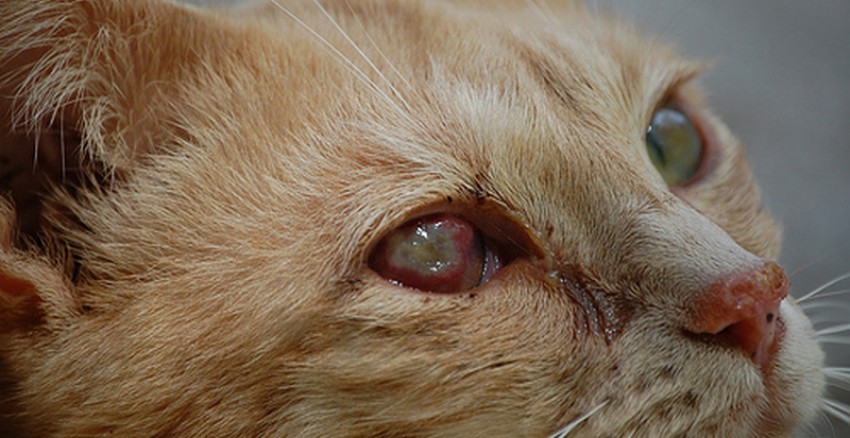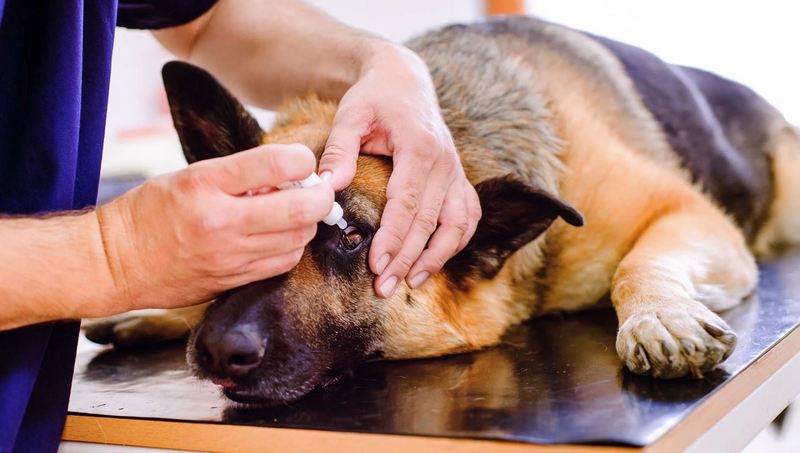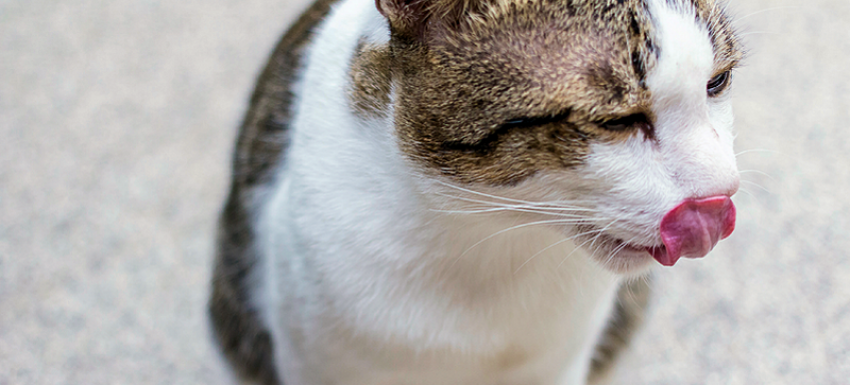Calicivirus cats: symptoms, treatment, vaccination
 Different strains of the virus lead to different symptoms with varying degrees of severity. It can be
Different strains of the virus lead to different symptoms with varying degrees of severity. It can be
Discharge from the eyes and nose
Heat
Mouth ulcers
Loss of appetite
Lethargy
Limping (in rare cases)
Most often, calicivirus in Russia is found in kittens up to 6 months (40%) and in cats from 1 to 5 years. Which again indicates that often or not vaccinated kittens, or vaccination stops after the first year.
Severe form of calicivirosis
In recent years, the strain that causes systemic virulent calicivirosis of cats (VS-FCV) has spread. This form is highly contagious and can lead to the death of infected cats. The following symptoms are found in cats infected with VS-FCV:
Skin ulcers
Hypodermic swelling
Vomiting
Diarrhea
Jaundice
Pneumonia
If your cat has any of these symptoms, we recommend that you contact the veterinary clinic. Doctors of the veterinary clinic Constellation (Moscow, NEAD, VDNH) are ready to assist around the clock!
Prevalence of calicivirosis
The disease is common. This is caused by both the active mutation of the virus and the low level of vaccination of cats. Frequent opinion among owners, which we hear in response to the question of why the vaccination was overdue.
My cat does not leave the house, I will not vaccinate her! 🙁
In domestic cats, the prevalence of the virus is about 10%
Homeless and cats in shelters – 25-40%
In the cattery – 50-90%
How do cats become infected with calicivirus?
By air
The virus is transmitted by airborne droplets when the cat sneezes. The virus survives outside the cat for several hours, but this is quite enough to bring it home. A healthy cat licks or inhales the virus, thus becoming infected.
Contacting infected objects
The virus settles on various surfaces and is transferred with them: on clothes, care items, carriers, any other objects and things.
Direct infection
Sick cat in contact with healthy infects the latter. Infection through contact with saliva, discharge from the eyes and nose of a sick cat. In nurseries, shelters for this very reason, calicivirosis is more common.
Diagnosis of Calicivirosis
After examination, the veterinarian can make a preliminary diagnosis. To confirm the result of the examination and exclude diseases with similar symptoms, samples from the cat’s mouth, nose or eyes are analyzed in the veterinary laboratory (symptoms may be similar to a herpes virus infection, chlamydia or cats bordetelliosis).
Treatment of Calicivirus Infection
The best treatment is vaccination of a healthy cat, regardless of age and conditions of its maintenance!
There are no drugs with proven efficacy for the treatment of cats with calicivirosis. Supportive symptomatic treatment and antibiotics are prescribed for the treatment of secondary infections.
Treatment depends on the symptoms:
Antibiotic therapy for respiratory system,
Special eye and nose drops
Putting the cat in a warm place with moist air to make breathing easier (for example, in a bathroom with a hot shower turned on) when the nasal passages are blocked.
Severe conditions may require placing the cat in an animal hospital and intensive care. If ulcers are present in the mouth, pain medication and wet food may be required.
After clinical recovery, the cat releases the virus for another 2-3 weeks, infecting others.
Vaccination against calicivirosis
If your cat is vaccinated according to the recommended regimen, it will also be vaccinated against calicivirus. According to the recommendations of the association of practitioners, each cat should be regularly vaccinated against calicivirus, rhinotracheitis, panleukopenia and rabies.
Choice of cat calicivirus vaccine
Since calicivirus mutates, we have two difficulties:
A live vaccine in a weakened cat can lead to cat infection.
If the vaccinal strain is old – it is weakly protected from viruses
Some vaccines use both old and live virus strains at the same time.
For vaccination of cats use Nobivak Triket, Purevaks, Felovaks, Feligen and Multifel. Perhaps the most optimal vaccine – Purevaks. In it, only 2 strains are used simultaneously, they are killed, i.e. will not be able to infect a cat under any circumstances.
Cat vaccination scheme
Schemes, vaccination options, prices for vaccination of cats in Moscow you will find in the relevant section.



